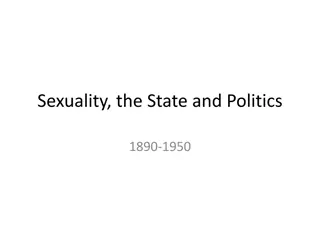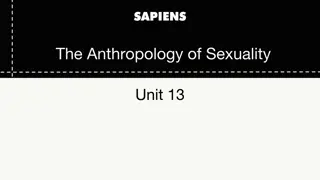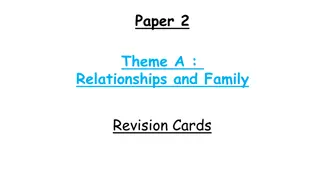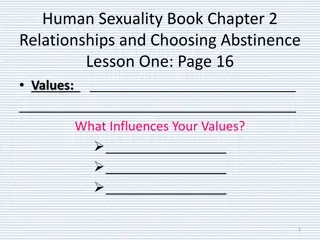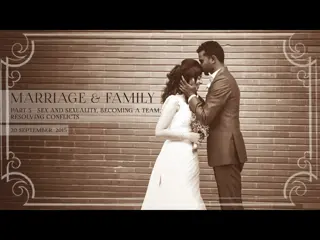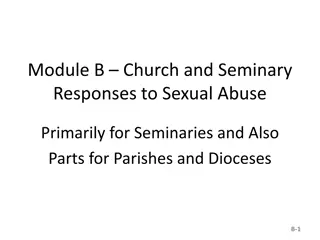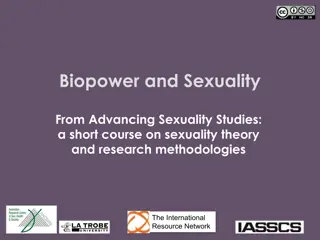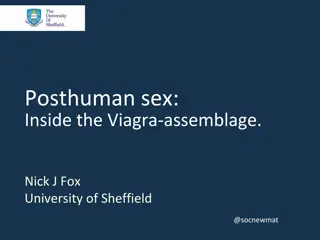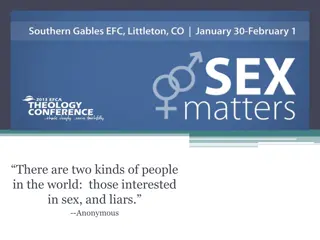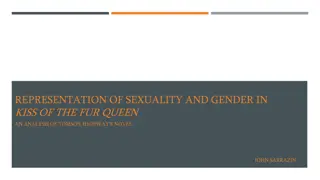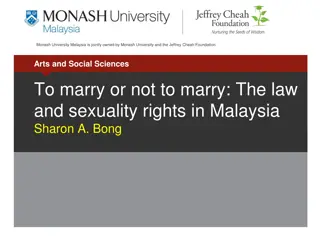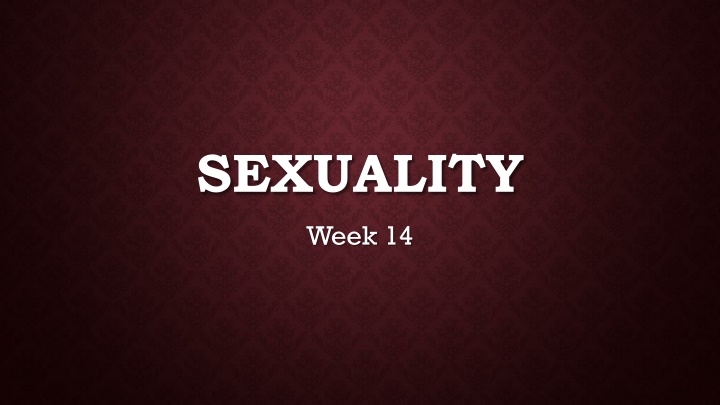
Exploring Historical Perspectives on Sexuality and Gender Norms
Delve into the historical evolution of sexuality and gender norms from the 18th and 19th centuries, examining concepts such as male homosexuality, female sexual behavior control, and changing attitudes towards intimate relationships. Discover how prominent figures like Aristotle and William Acton influenced perceptions of sexual behavior and reproductive health, reflecting societal attitudes and norms of their time.
Download Presentation

Please find below an Image/Link to download the presentation.
The content on the website is provided AS IS for your information and personal use only. It may not be sold, licensed, or shared on other websites without obtaining consent from the author. If you encounter any issues during the download, it is possible that the publisher has removed the file from their server.
You are allowed to download the files provided on this website for personal or commercial use, subject to the condition that they are used lawfully. All files are the property of their respective owners.
The content on the website is provided AS IS for your information and personal use only. It may not be sold, licensed, or shared on other websites without obtaining consent from the author.
E N D
Presentation Transcript
SEXUALITY Week 14
1. Sexology conceptualising normative behaviour. LECTURE OVERVIEW 2. Illegitimacy and birth control. 3. Male homosexuality and Lesbianism
1. SEXOLOGY: CONCEPTUALISING NORMATIVE BEHAVIOUR.
ARISTOTLES MASTERPIECE (1684) Sex manual and midwifery guide. Advocated sexual pleasure within marriage. Orgasm stimulates ovaries to release egg so vital for conception. Deals with issues such as infertility and gender determination. Torn hymen not proof of loss of virginity. Lost popularity by 1800s as other books emerge.
CHANGING ATTITUDES IN 18THCENTURY BRITAIN Transition from one-body to two-bodies model = Women naturally maternal Realisation female orgasm not necessary for conception = passionless women Narrowing idea of normative behaviour = heterosexual penetrative sex more common (Steinbach)
THROUGHOUT 19THCENTURY OTHER SEXOLOGY BOOKS BEGIN TO EMERGE William Acton, The Functions and Disorders of the Reproductive Organs in Youth, Adult Age and Advanced Life (1857) Advocated passionless nature of women and need to regulate male sexual activity. Closed body system : each person had limited sexual energy which should be conserved. Men counselled to avoid fornication, masturbation and nocturnal emissions and ration sex within marriage. That insanity arises from masturbation is now beyond a doubt .
CONTROL OF FEMALE SEXUAL BEHAVIOUR Ailments afflicting adolescent girls said to signify abnormal sexual excitation. Some doctors used clitoridectomy to prevent sexual pleasure. Dr Isaac Baker Brown (1860s) advocated clitoridectomy to eradicate female self-abuse, mental illness, epilepsy, infertility and unfeminine behaviour. (Lesley Hall) Considered assault on British womanhood to argue that they practised self-abuse. General distaste at mutilation .
SEXUALITY AND EMPIRE Men - Belief that Asian/ Native Americans were feminine while Africans were sexual threat. Perceived cultural differences such as circumcision reinforced idea of other . (R. Hyam, Understanding Empire) Women available for intercourse but not procreation. Bi-racial relationships generated much social fear. Press tried to persuade more British women to travel to colonies. Belief in sexual immorality or vulnerability to abuse targeted by British philanthropist. Act of colonisation in itself is gendered. The violation of one country by another. Emasculating the native population.
2. ILLEGITIMACY AND BIRTH CONTROL.
CLASS DIVIDES IN SEXUAL PRACTICE Sex between people of different classes usually confined to illicit sex e.g. prostitutes, premarital or extra marital affairs. Servants especially vulnerable but affected many working class girls e.g. Gaskell s Ruth. Cross-class marriage uncommon but did happen occasionally e.g. Hannah Cullwick and Arthur Munby.
CLASS DIVIDES IN SEXUAL PRACTICES WORKING CLASS Respectability based on number of sexual partners not marriage: common law marriages. Rural areas: sex before marriage a fertility check to avoid a pig in the poke . Many brides (up to 80% in some English villages) already pregnant. Engagements more binding breach of promise . Increase in no of pregnancies during 19thcentury as penetrative sex becomes normative .
ILLEGITIMACY Pregnancy before marriage put mother and baby in vulnerable position. Accounted for 4-6% of births. New Poor Law (1834) father had no responsibility for child. Bastardy clause revised (1844) mothers sue for support in petty courts. In 1872 magistrates demand payment from fathers: affiliation Ginger Frost, Politics of Domestic Authority (2009) study of unmarried fathers who killed children primarily to avoid affiliation.
CLASS DIVIDES IN SEXUAL PRACTICES MIDDLE / UPPER CLASS Virginity essential to respectability of single women. Children conceived and born after marriage. Sexual practices after marriage also closely regulated by religion, medicine, husband etc. Little knowledge until wedding night e.g. John Ruskin? M. class had lower birth rate than w. class by 1900: less sexually active or more inclined to use birth control?
BIRTH CONTROL (1) Infanticide most extreme form of birth control. Abortions after quickening: Back Street and DIY operations. Abortions before quickening: pills and potions often containing mercury, gunpowder or lead. Folk cures : hot baths, physical activity, gin, herbal teas
BIRTH CONTROL (2) Frequently used: Abstinence calendar method prolonged lactation coitus interruptus More expensive options: Sponge/diaphragm/douching. Pessaries and spermicides French letters associated with VD not contraception.
3. MALE HOMOSEXUALITY AND LESBIANISM
QUEER THEORY/HISTORY A field of critical theory that emerged in1990s Examines socially constructed nature of sexuality. Developed in prominence at time of AIDS crisis. Queer an abusive term now collective term for any marginalised sexual identity.
HOMOSEXUALITY Late 19th century: visible increase in homosexuality Term homosexual invented 1869 Lesbian term largely unknown until the 1890s. Sodomy a capital offence until 1861: between 1800 and 1835 - 80 men were hanged. Women were exempted from legal sanctions but also less visible in historiography. Move from sin to medical perversion in need of cure.
19THCENTURY: INCREASING RECOGNITION OF GAY SUBCULTURE (1) Cleveland St. Scandal, 1889. Telegraph and post boys working as rent boys. Charles Hammond operator of male brothel which catered for aristocracy.
19TH CENTURY: INCREASING RECOGNITION OF GAY SUBCULTURE (2) Oscar Wilde Trial, 1895. Wilde had affair with Lord Alfred Douglas. Douglas father left Wilde calling-card referring to him as a 'posing sodomite . Wilde sued for libel. During case, details of Wilde's activities in gay underworld exposed so placed on trial for 'indecency . Found guilty and jailed for 2 years.
LESBIANISM Definition of sex focused on penetrative act so lesbianism not criminalised. Idea of women as passionless helps avoid detection/recognition. Not all women in loving relationships with other women were sexually active. Few records to study, rely on prominent aristocratic examples: e.g. Ladies of Llangollen and Anne Lister.
LADIES OF LLANGOLLEN Eleanor Butler and Sarah Ponsonby. Ran away to escape marriages = elopement Played down sexual nature of relationship. Despite reserved life style attracted much attention. Depicted by press as masculine.
ANNE LISTER (1791 - 1840) the first modern lesbian (Helena Whitbread) Several love affairs with women throughout life. Dressed in black, seen as masculine Gentleman Jack
CONCLUSIONS Sexual status defined women s public reputation. Narrowing of the normative marginalises and oppresses both genders. Ideals had little connection to reality for many working class people. Victorian fascination with perversions provokes media and scientific interest. Homosexuality emerges as sub-culture and identity not just act. Same sex relationships challenges gender norms . Queer history casts light on heterosexuality as well as marginalised groups.

